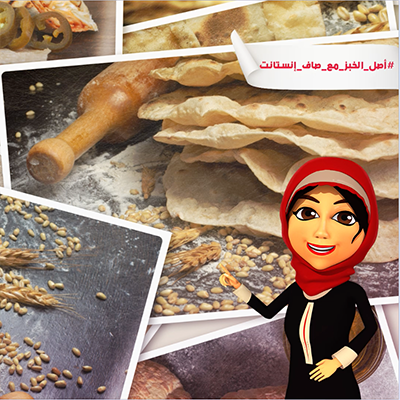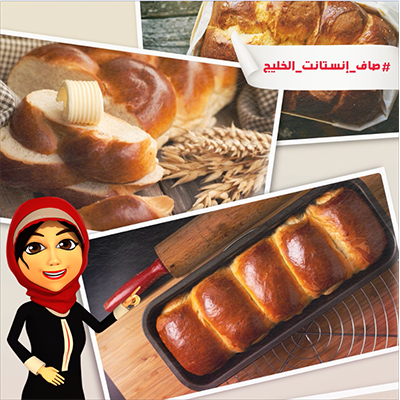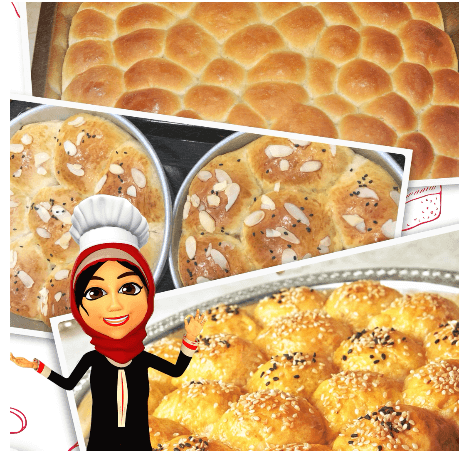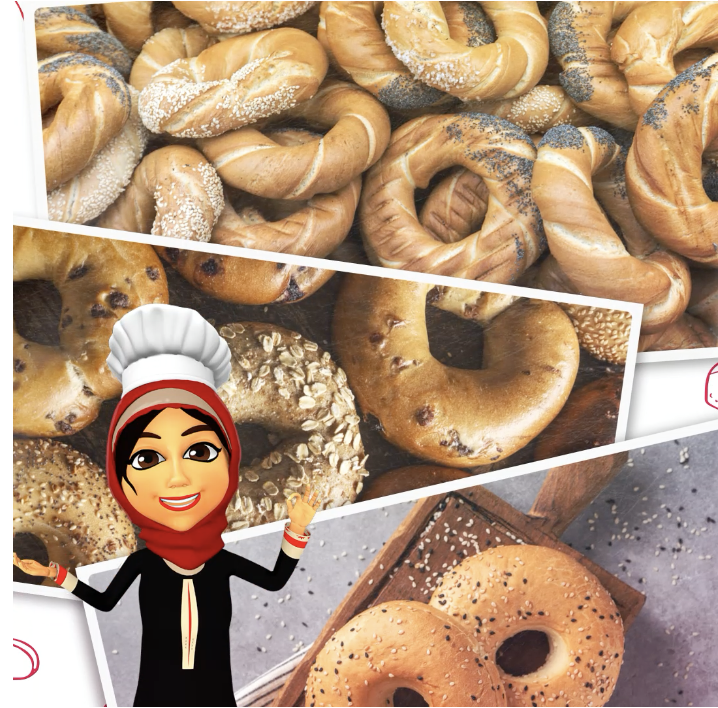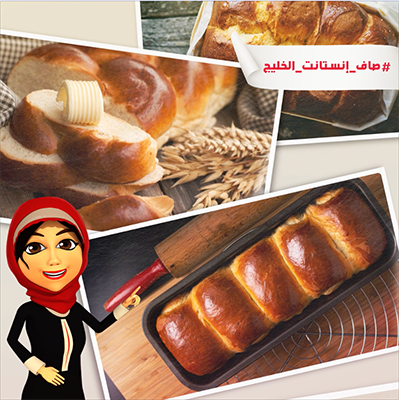Lavash is a traditional thin bread that forms an essential part of the local Middle East cuisine.
Its preparation is typically undertaken by a small group of women and requires great effort, coordination, experience, and special skills. A classic dough made of wheat flour and water is kneaded and formed into balls, which are then rolled into thin layers and stretched over a special oval cushion that is then slapped against the wall of a traditional conical clay oven.
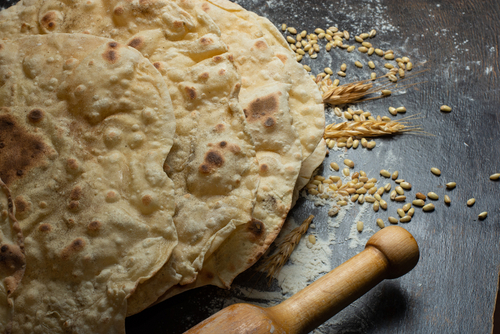
While it is quite flexible when fresh, lavash dries out quickly and becomes brittle and hard. The soft form is easier to use when making wrap sandwiches. Lavash is frequently served rolled around with local cheeses, greens, or meats.
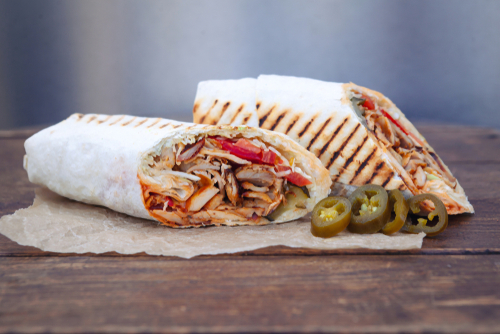
Tradition & Customs
Lavash plays a ritual role in weddings, where it is placed on the shoulders of newlyweds to bring fertility and prosperity. The group work in baking lavash encourages family, community, and social ties. Teen girls usually act as aides in the process, gradually becoming more involved as they gain experience.
Men are also involved through the practices of making cushions and building ovens and pass on their skills to students and apprentices as a necessary step in preserving the vitality and viability of lavash making.
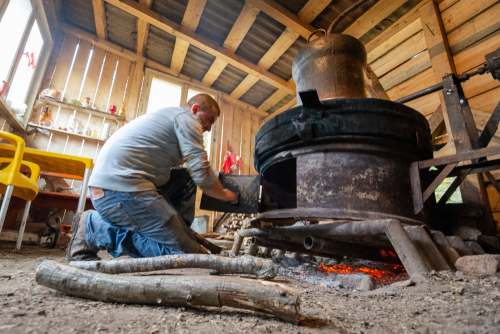
History
Food historian Gil Marks defines its origin more generally as the Middle East, describing it with the Persian naan-e lavash, the Arab khobiz sajj, the Lebanese markouk, and the Turkish lavaş. Marks traces the history of lavash to the early innovation of cooking thin flatbreads on terracotta griddles.
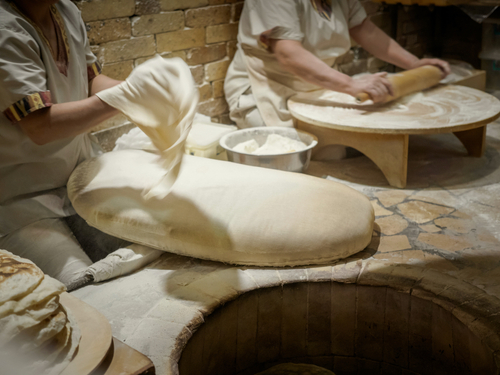
Check the Lavash bread recipe with #Safinstant here!
https://www.safinstantgulf.com/recipes/whole-wheat-lavash-bread
#OriginsOfBreadwithSafinstant
Did you read the story history of #pitabread? > https://safinstantgulf.com/story-of-pita-bread/
